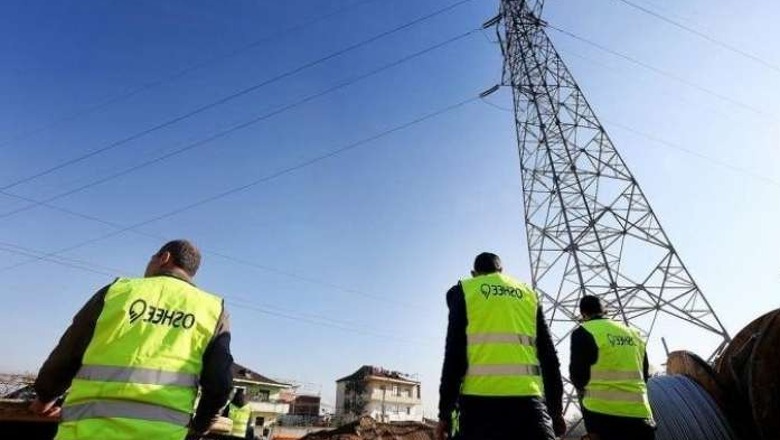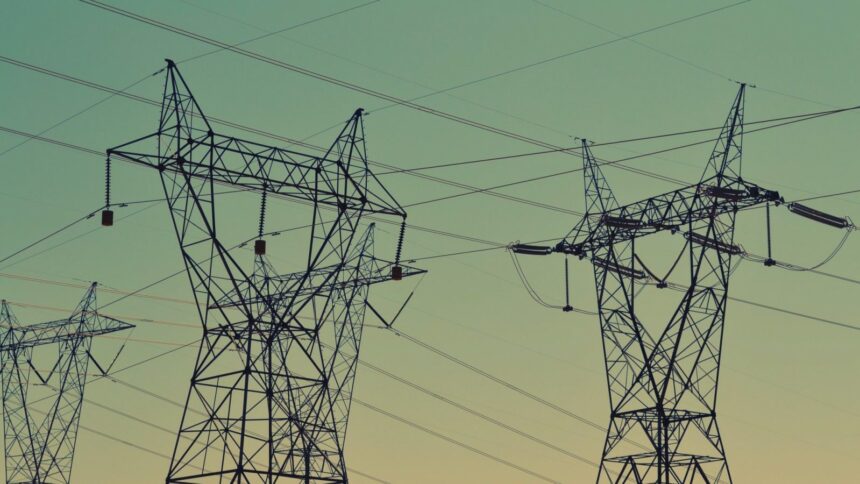A major hours-long power outage swept across much of the Balkans on Friday, coinciding with an early heat wave that sent temperatures soaring above 40°C (104°F). The intense heat, originating from Africa and laden with sand particles that created a cloud-like layer, dimmed the skyline and exacerbated the crisis across the southern European region.
Widespread power outage
In Montenegro, the power outage, which lasted for several hours, left almost the entire country without electricity. Nada Pavicevic, a spokeswoman for Montenegro’s state power distribution company, described the outage as a “disturbance of regional proportion,” with authorities still investigating the exact cause. Problems in a regional distribution line were cited by Bosnia’s state power company, while Albania’s state power company attributed the issue to the “extreme heat.”

Regional impact
The outage affected several countries along the Adriatic Sea coastline, including Croatia, Bosnia, and Albania. In Bosnia’s capital, Sarajevo, the blackout caused significant disruptions, with trams stopping and traffic lights failing, leading to severe traffic jams. Similarly, in Split, a major port city on the Adriatic, gridlock was reported as the power outage stalled traffic flow.
In Croatia’s tourist hotspot, Dubrovnik, thousands of tourists were stranded in the afternoon heat, as restaurants, pubs, supermarkets, and ice cream shops closed their doors. Soccer fans gathered in darkened pubs, hoping to catch games from the European Championship soccer tournament in Germany. The blackout, which began just after noon and lasted for several hours in some places, also coincided with a heatwave, prompting authorities across the region to issue health warnings.
Health and safety warnings
Authorities urged citizens to stay cautious, drink plenty of water, and avoid direct sunlight during peak hours. Serbia’s Public Health Institute advised, “Don’t stay in the sun between 11 a.m. and 5 p.m.,” and recommended carrying water bottles when going outside. Meteorologists noted that the region’s heatwave, driven by African weather patterns, had brought conditions rarely seen in mid-June.
In Belgrade, resident Milos Jeftovic followed the health guidelines, seeking refuge near the city’s rivers. He suggested that authorities should consider reducing working hours and placing water tankers throughout the city to aid residents. “Personally, I don’t have a problem… but this is not OK, temperatures are above acceptable (levels),” Jeftovic said.

The extreme temperatures, which left cities sizzling even at night, created uncomfortable conditions for residents. In Montenegro’s capital, Podgorica, although accustomed to high temperatures, citizens expressed frustration over the early onset of the heatwave. One local man remarked, “I really don’t know what we are going to do,” to Montenegrin state television RTCG.
Weather alerts have been issued across the region, with Croatia also on high alert as the heatwave is expected to peak before potentially stormy weather arrives over the weekend. Authorities in North Macedonia have already implemented emergency measures until Sunday, after which temperatures are predicted to drop.
Experts attribute the extreme weather conditions to climate change, highlighting a growing trend of unpredictable and severe weather patterns. The situation has underscored the need for preparedness and adaptation in the face of ongoing climate challenges.
As the Balkans continue to grapple with these conditions, residents and authorities alike are calling for urgent measures to mitigate the impacts of such extreme weather, ensuring safety and resilience against future disruptions.







